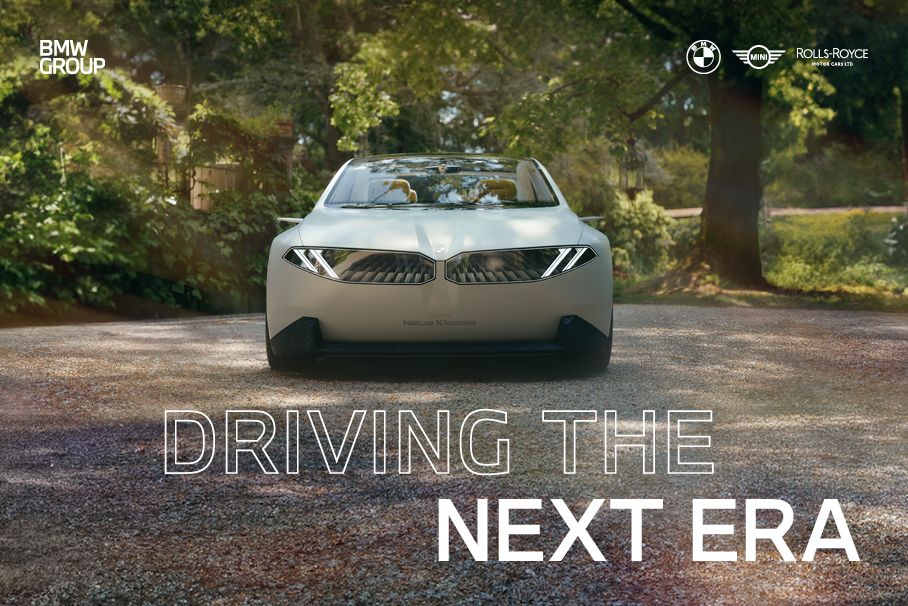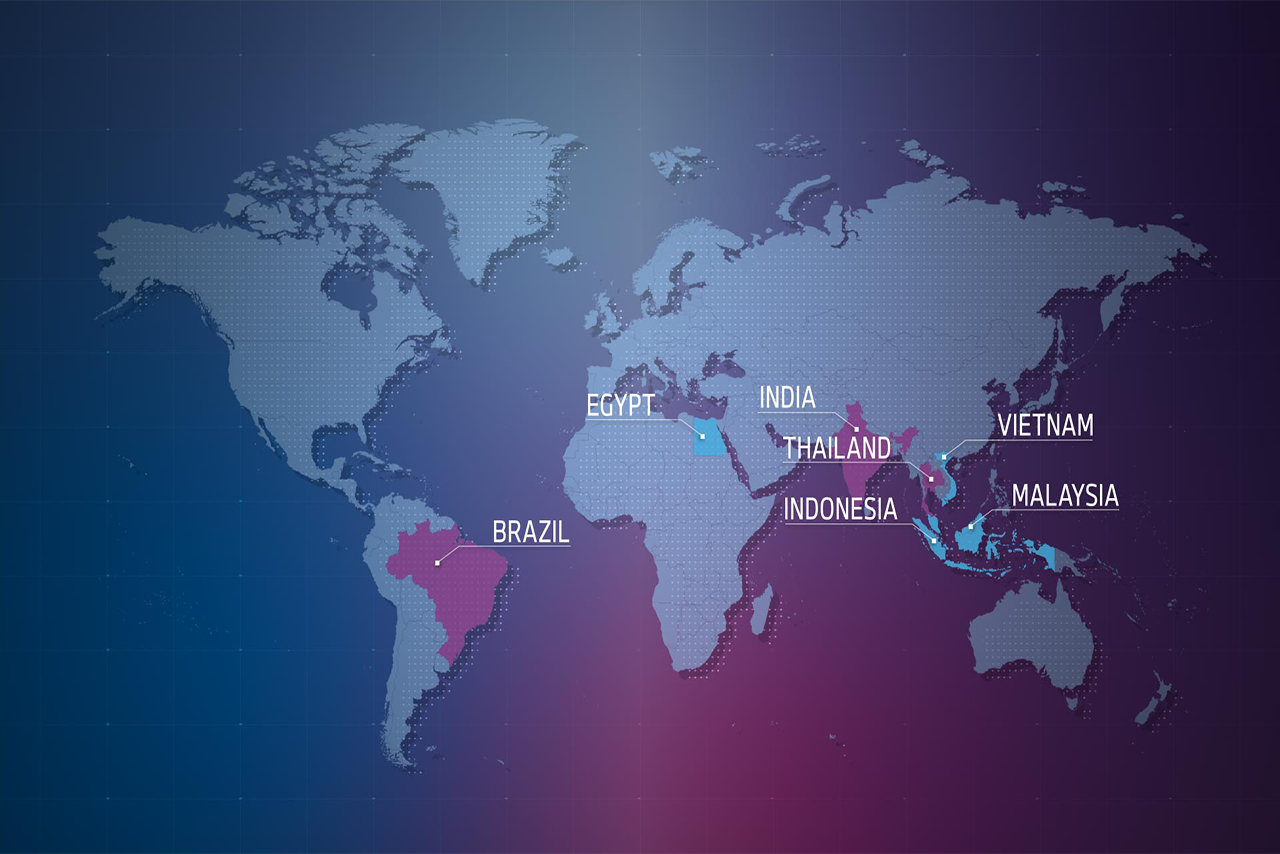In this interview, we talk to Kurt Vandputte and Peter Lamp. Peter Lamp has been instrumental in developing BMW’s battery expertise, and early this year, he was presented with the HAATBatt Lifetime Achievement Award in the category for Industry. We met them both at the Battery Cell Competence Centre (BCCC), where our topics of conversation included how the future of batteries could affect individual mobility.
Mr Lamp, we’re here at the BCCC, not far from the Research and Innovation Centre, FIZ. It looks very much like a high-tech research facility. Where does the BMW Group stand in terms of battery technology at the moment?
PL: I think we’re in a very strong position. As you said, we’re here in our BCCC not far from the FIZ, and we have just taken our Cell Manufacturing Competence Centre (CMCC) in Parsdorf on stream as well. This combination of the BCCC, with its focus on R&D in cell technology, the CMCC, which is responsible for understanding and establishing cell production on an industrial scale, and the experts that work there, who come from across the globe – this combination puts us on a par with the world’s top battery cell manufacturers. If I think back to the beginnings, to 2008 and the first prototype of the battery electric MINI Cooper, we’ve come a long way since then.
And how have we been able to achieve such a level of expertise, would you say?
PL: I’m absolutely convinced it’s because we found the right strategy for BMW very early on. And it’s a relatively simple strategy: we grew our own expertise in the two critical fields of battery cell technology and mass production as quickly and consistently as we could. And that’s why BMW is now in a position to put the best batteries into its electrified vehicles.

Mr Vandeputte, you have just joined the BMW Group after more than 25 years with Umicore. What’s your assessment of BMW’s battery strategy?
KV: During my time at Umicore, we really appreciated collaborating with BMW on battery technology, because there was a clear strategy based on an in-depth understanding and expertise in cell technology and cell production. After all, that’s really the core of the automotive battery business. Given the challenges facing manufacturers these days, with their industry in transformation – and given BMW’s promise of the ultimate driving machine for customers – I find BMW’s approach very convincing and clear.
And how did you experience the switch from a “material-tech” company to a German premium carmaker?
KV: It feels great and is really energising. It’s an honour to be a part of the legendary BMW family, and the friendly atmosphere here undoubtedly adds to that feeling as well. Our goals with regard to our upcoming projects are both exciting and challenging. No matter the focus – whether it’s on a battery’s performance, cost, minimising environmental impact or a combination of all three – our task is to achieve the best possible interaction of all the materials in the cell. Which brings us back to the topic of active materials, my specialist area. At Umicore I worked in a highly international, tech-focused environment – and it’s the same in my new role, here at BMW.
Mr Lamp, in terms of projects and challenges, what’s the next major step our customers can expect from electrified drives by BMW?
PL: A really crucial step will be in 2025, when we launch our first NEUE KLASSE models. That’ll be the starting point of what we call our Gen6 eDrive technology. The centrepiece of this technology will be our cylindrical cells, which will offer 20 percent more volumetric energy density, 30 percent faster charging and 30 percent more range than the corresponding model with Gen5 technology.
But the switch from prismatic cells in Gen5 to round cells in Gen6 is significant. How did that decision come about?
PL: At the beginning of the process, we started out quite literally with a blank sheet of paper and were open to all kinds of format and size of cell. But given our ambitious standards in terms of performance and safety, we soon came to the conclusion that the best format for our next generation is cylindrical. It’s also the format that works best with our integration approach for the NEUE KLASSE: cell-to-pack and pack-to-open-body.

Mr Vandeputte, ASSB is often described as “the next big thing”. What’s BMW’s position on that? What potential does the technology offer?
KV: I think we’re moving in exactly the right direction. At the moment, we are setting up a new process development line at our CMCC in Parsdorf, in collaboration with our partner, Solid Power. This line will be where we work on the next steps – alongside our partner in the US – to get advanced ASSB technology into our cars. It will go on stream in the second quarter of 2024. And ASSB technology has potential: it combines higher energy density with at least the same level of safety as we have today. Looking at it realistically, though, it will take us a few more years to get the technology to maturity and ready for industrial-scale production – so we’re probably looking at the end of this decade for that to happen.
Looking at the battery technology landscape at the moment, there are an awful lot of reports in the media about the latest trends and even innovations. With so much going on in terms of developments, how do you stay up to date?
KV: That’s a really good point! And it’s also something I have been observing at BMW for years: the close relationship between the BMW battery team and startups and universities. I think that’s a real benefit and absolutely fundamental if you want to be – and remain – the technology leader.
PL: I agree, and I’d like to add something to that: I think it’s a major advantage in two respects. First, it keeps BMW up to date with all the latest trends, findings and developments, and second, it helps us to find the best talents in our industry. Which is one of the many reasons why we’re so optimistic when it comes to BMW battery cell technologies over the coming years.
We would like to thank Kurt Vandeputte and Peter Lamp for our fascinating and enjoyable conversation and look forward to seeing what’s in store for the future of battery technologies.





